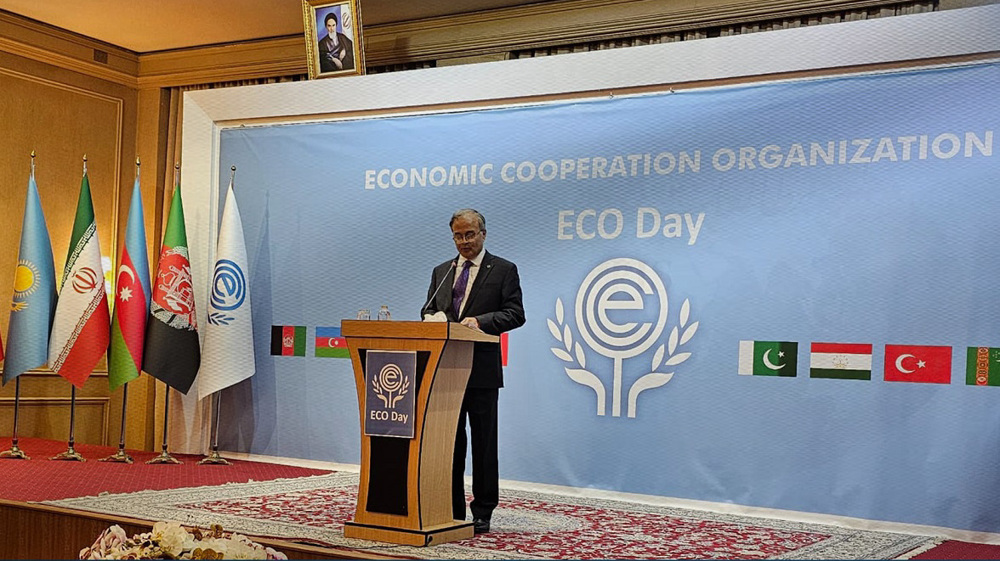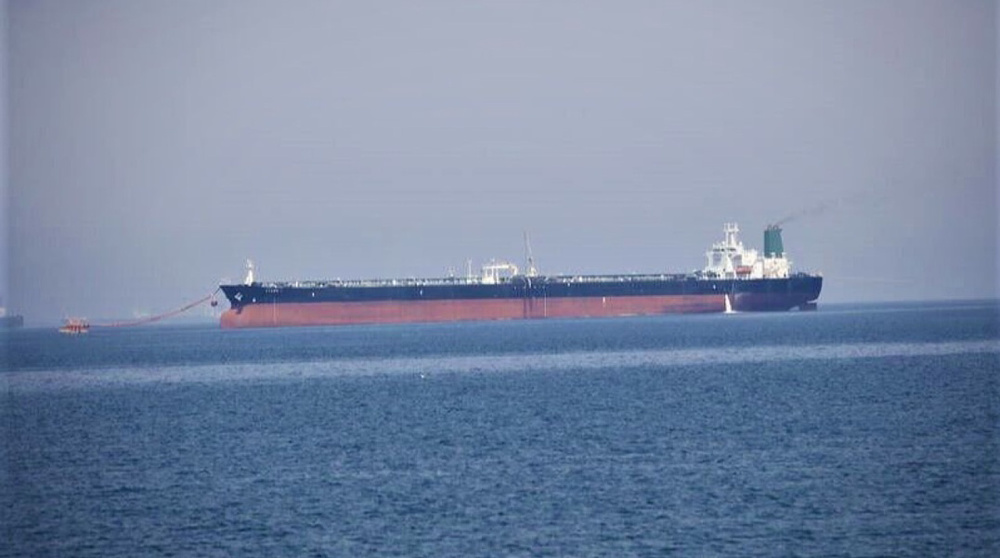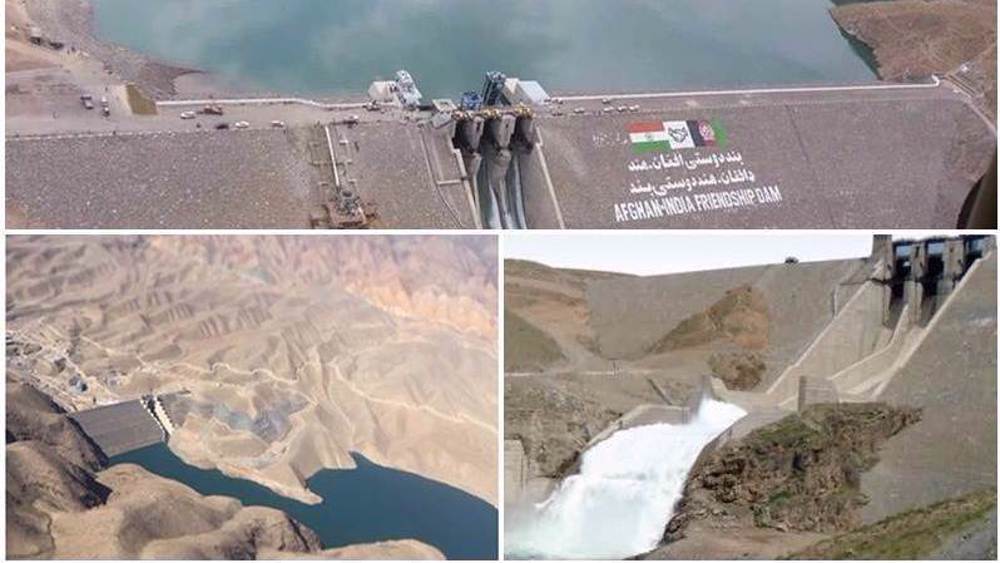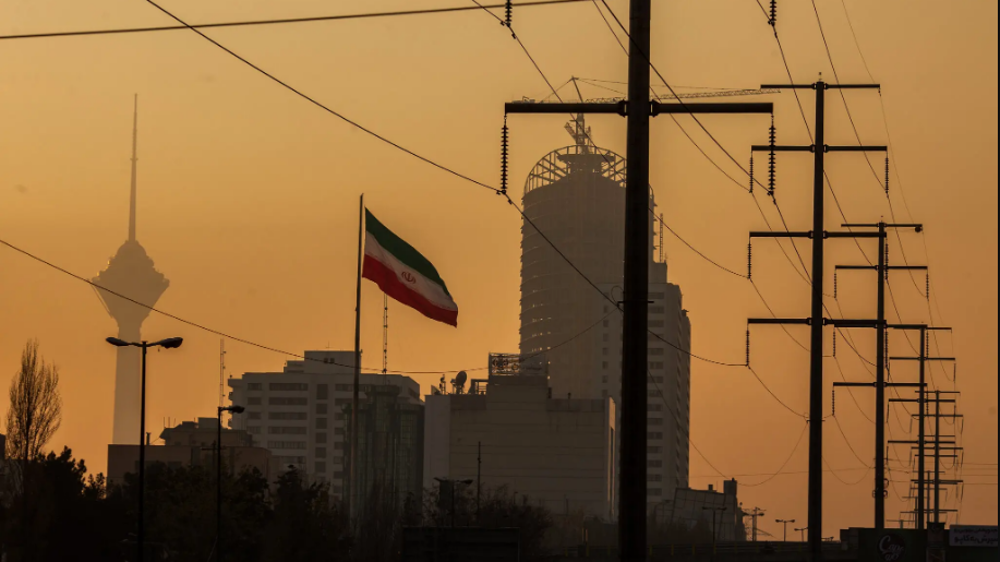The significance of ECO meeting in Mashhad
A two-day meeting of foreign ministers of Economic Cooperation Organization (ECO) will begin in Mashhad Monday, focusing on enhanced regional connectivity through rail and road network development, streamlined border procedures, and visa regime liberalization.
ECO, whose members are Afghanistan, Azerbaijan, Iran, Kazakhstan, Kyrgyzstan, Pakistan, Tajikistan, Turkmenistan, Turkey and Uzbekistan, promotes regional trade and economic development.
Blessed with vast oil and gas reserves, the Eurasia region which includes most of the ECO member states, has seen its geopolitical significance increase.
The ECO region is endowed with appropriate capacities, opportunities and platforms for cooperation in various fields, especially in the energy, trade and transport.
Iran, one of the founders of the organization, is a key member of the group due to its geopolitical and geoeconomic position.
With its impressive energy resources and the geographic location to transfer them to global markets, Iran is an important fulcrum for multilateral cooperation and regional convergence. Besides, it is best placed for transferring energy from Central Asia and the Eurasian region to the world market.
The ECO region is located in the vicinity of three major energy centers in the world, namely the Russian Federation, the Persian Gulf and the Caspian Sea, where the members have listed trade, energy and transport as their main priorities.
Accelerating the optimal use and consumption of energy resources in the region and providing access to global markets for landlocked member countries in Central Asia and the Caucasus are important elements of the ECO energy strategy.
In fact, both producing and transiting countries play a close role in the production and supply process, but each of the pipelines passes through the territories that are the arena of divergent interests and motives of the regional and global powers.
Given that the existing facilities and capacities in the region have created favorable conditions for cooperation, Iran, like other members, has taken important steps for further cooperation.
Iran enjoys important advantages and positive factors in the ECO region, which can be summed up in three categories of oil and gas resources, unique geographical location as well as pipelines, and appropriate infrastructure.
However, the hostile US strategy toward Iran is an impediment to an effective utilization of these privileges. This is clearly evident in the way energy is transferred to global markets, where the investors are mainly American and other Western companies, adamant that pipelines pass through Turkey at Iran’s expense.
The ECO region has vast untapped oil and gas resources. The natural gas reserves in Azerbaijan, Uzbekistan, Turkmenistan and Kyrgyzstan exceed 236 trillion cubic feet. Its total oil reserves, excluding Iran, are estimated at 60 to 200 billion barrels which is enough to supply Europe with fuel for nearly 20 years. Such capacities promise a bright future for cooperation among ECO members.
Under the Izmir Treaty, the Quetta Declaration as well as ECO Cooperation Strategy and Vision signed since 1990, the most important elements of the group’s energy strategy are to accelerate the mobilization and optimal use of the vast energy resources of the ECO region, develop a network of pipelines, connect the electricity networks of member countries in order to meet the energy needs of the entire region, and provide landlocked countries with access to global markets through other members.
The region's alternatives for transfer of of energy include the Black Sea through Russia, Georgia and Azerbaijan; Europe through Belarus and Ukraine; the Indian Ocean through Afghanistan and Pakistan; and Iran as a strategic bridge between the ECO region, the Persian Gulf and the Sea of Oman.
While the Central Asian and Eurasian members do not have access to high seas, Pakistan, Turkey and Iran do.
Hence, ECO member countries can geopolitically complement each other, and turn their geographical features into a suitable platform for cooperation in energy.
Geopolitically, Iran is located between the Persian Gulf and the Caspian Sea, two strategic regions in oil and gas resources. With 2,000 miles of coastline in the south, it can guarantee easy, direct, and secure access to global markets for the landlocked region of Central Asia.
Israeli court extends Dr. Abu Safia's detention
After 15 months, Israeli army admits to killing kibbutz settlers on Oct. 7
VIDEO | Press TV's news headlines
VIDEO | Israel bans UNRWA amidst war on Gaza
Gaza's Nasser Hospital on verge of closure as Israel blocks fuel deliveries: UK charity
Venezuela’s Maduro sworn in for third term, pledges to form 'new democracy'
Iran backs stable, independent Lebanon free from foreign occupation: Araghchi
Yemen defies a year of US-UK-Zionist aggression in solidarity with Palestinians











 This makes it easy to access the Press TV website
This makes it easy to access the Press TV website